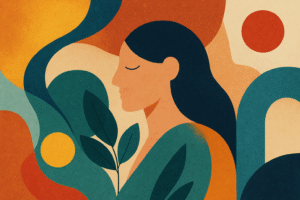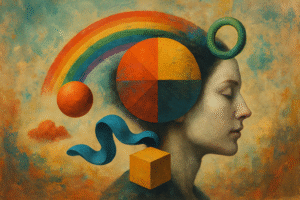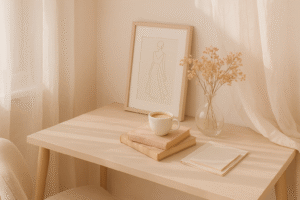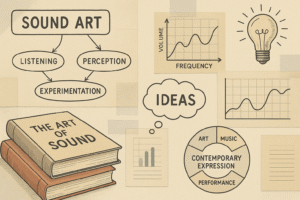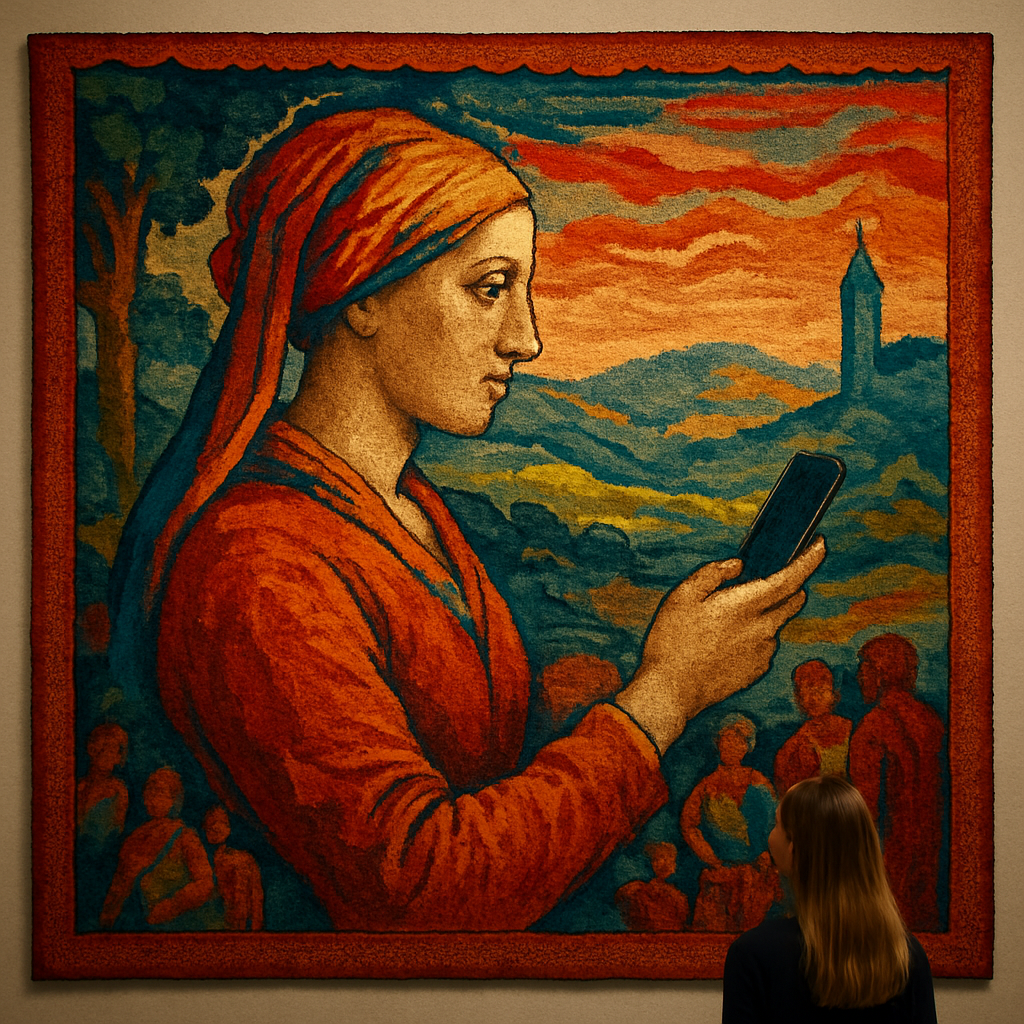
A Medium Once on the Margins
For centuries, tapestry was the art of kings and cathedrals—a medium of grandeur that draped palaces, warmed stone walls, and narrated epic stories in woven color. Yet by the modern age, it had slipped into the shadows, relegated to the realm of “craft” rather than fine art. In the twentieth century, galleries often treated textiles as decorative rather than monumental, despite their rich legacy as vehicles of cultural expression. But now, against the backdrop of our shifting artistic landscape, tapestry is reemerging—not as nostalgia, but as a medium newly attuned to the challenges and sensibilities of our time.
The Power of Scale and Presence
Unlike paintings or digital screens, tapestries command space in a way that feels both architectural and intimate. Their sheer physicality—the weight of wool, the shimmer of silk, the depth of hand-dyed fibers—creates an encounter that is not just visual but tactile, even if untouchable. To stand before a tapestry is to be enveloped in its presence, a kind of soft monumentality. In an era saturated with fleeting images on glass surfaces, the slow, material force of textiles offers an antidote: art that breathes in scale and substance.
A Material Language for Contemporary Narratives
Today’s tapestry artists are not merely reviving tradition—they are reshaping it. Woven textiles are increasingly being used to address urgent themes: the fragility of ecosystems, the entanglements of globalization, the stories of marginalized communities. Threads become metaphors for interconnection, resilience, and repair. Unlike the glossy permanence of digital art, the organic fibers of tapestry speak of vulnerability and endurance, reminding us that art is not only about representation but also about material truth.
The Environmental Dimension
Tapestry also resonates with contemporary concerns around sustainability. While industrial art often leans on synthetic, resource-heavy materials, weaving is rooted in processes of making that embrace slowness and tactility. Many artists now work with recycled textiles, natural dyes, or locally sourced fibers, creating works that are as much ecological statements as aesthetic objects. In this sense, tapestry aligns with a cultural desire to rethink consumption and to rediscover modes of making that are both ancient and urgently relevant.
Bridging Craft and Fine Art
Perhaps what makes tapestry so timely is its ability to dissolve boundaries. For too long, the art world has drawn rigid lines between “fine art” and “craft,” often diminishing textile practices in the process. But in the hands of contemporary artists, weaving refuses this hierarchy. It asserts that labor-intensive, historically feminine-coded practices deserve monumental recognition. In doing so, it invites us to expand what we mean by “monumental art” itself: not just bronze statues or marble facades, but soft architectures of meaning, stitched together from thousands of threads.
The Loom as a Future Canvas
The resurgence of tapestry suggests that the loom may be one of the most radical canvases of our century. In its patience and its physicality, it resists the speed of digital culture, demanding time both to make and to behold. In its materials, it acknowledges fragility and care. And in its monumental scale, it speaks with authority while still carrying the intimacy of touch. Far from a relic of the past, tapestry is proving itself to be one of the most forward-looking mediums we have—an art form woven not only from fibers, but from the very questions of our time.

